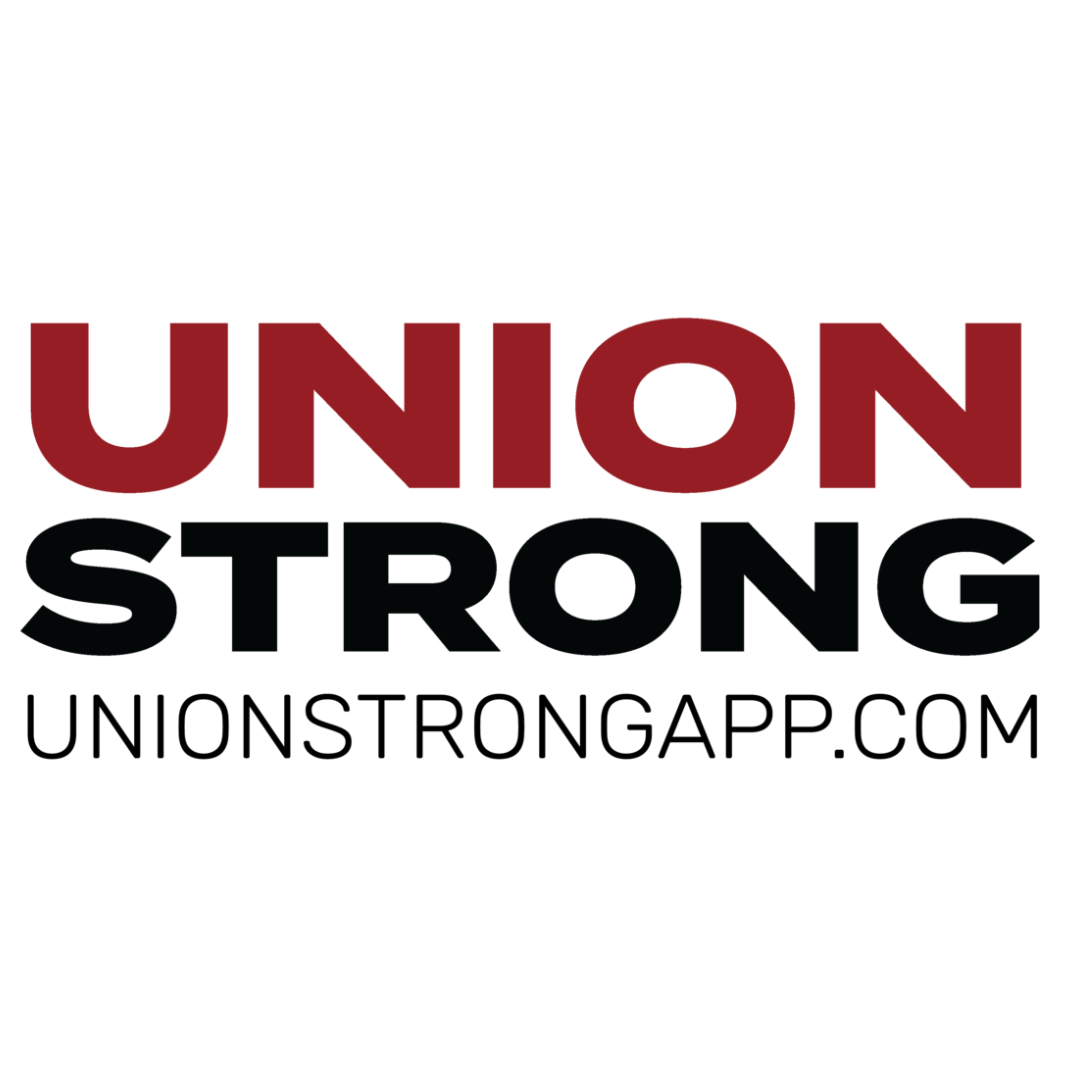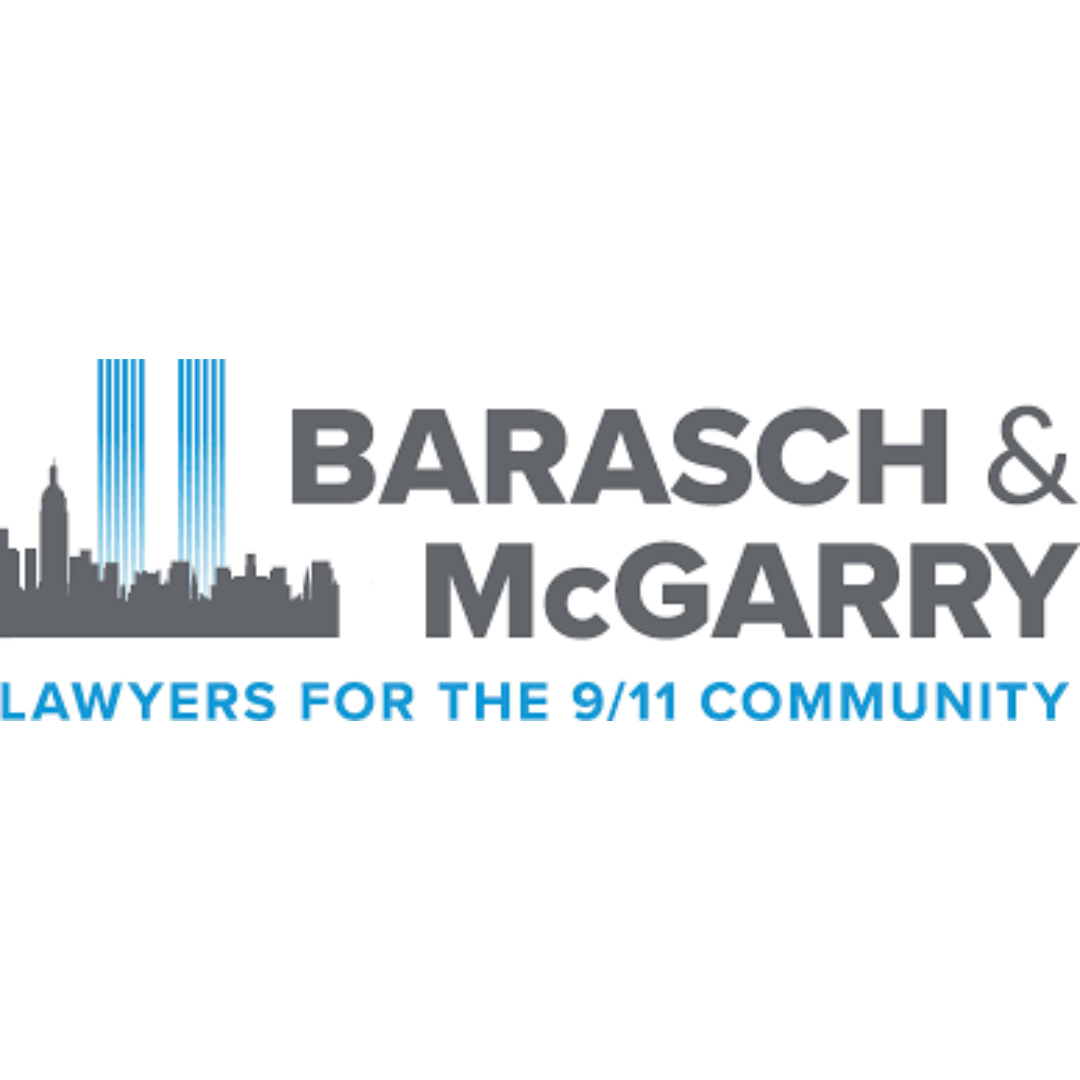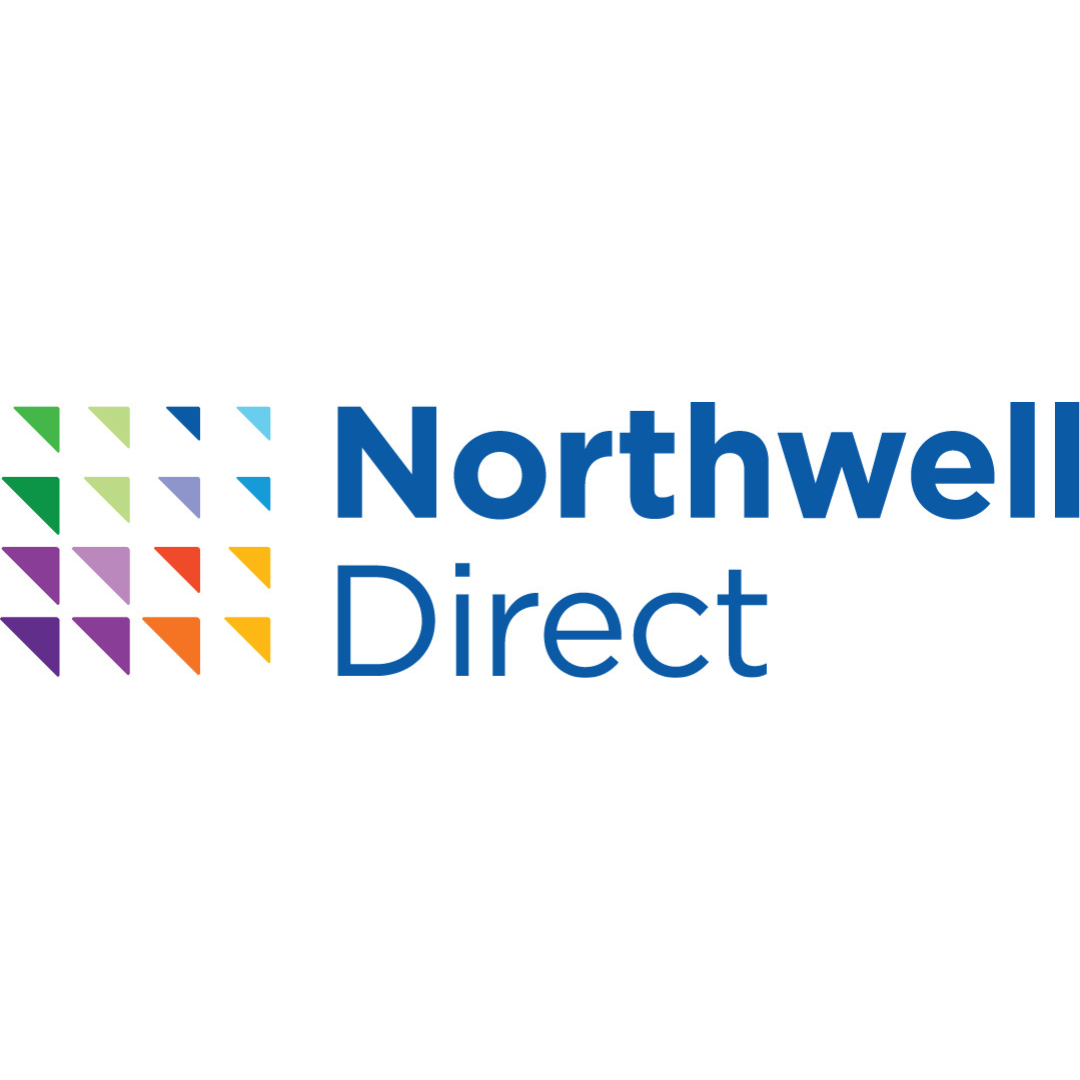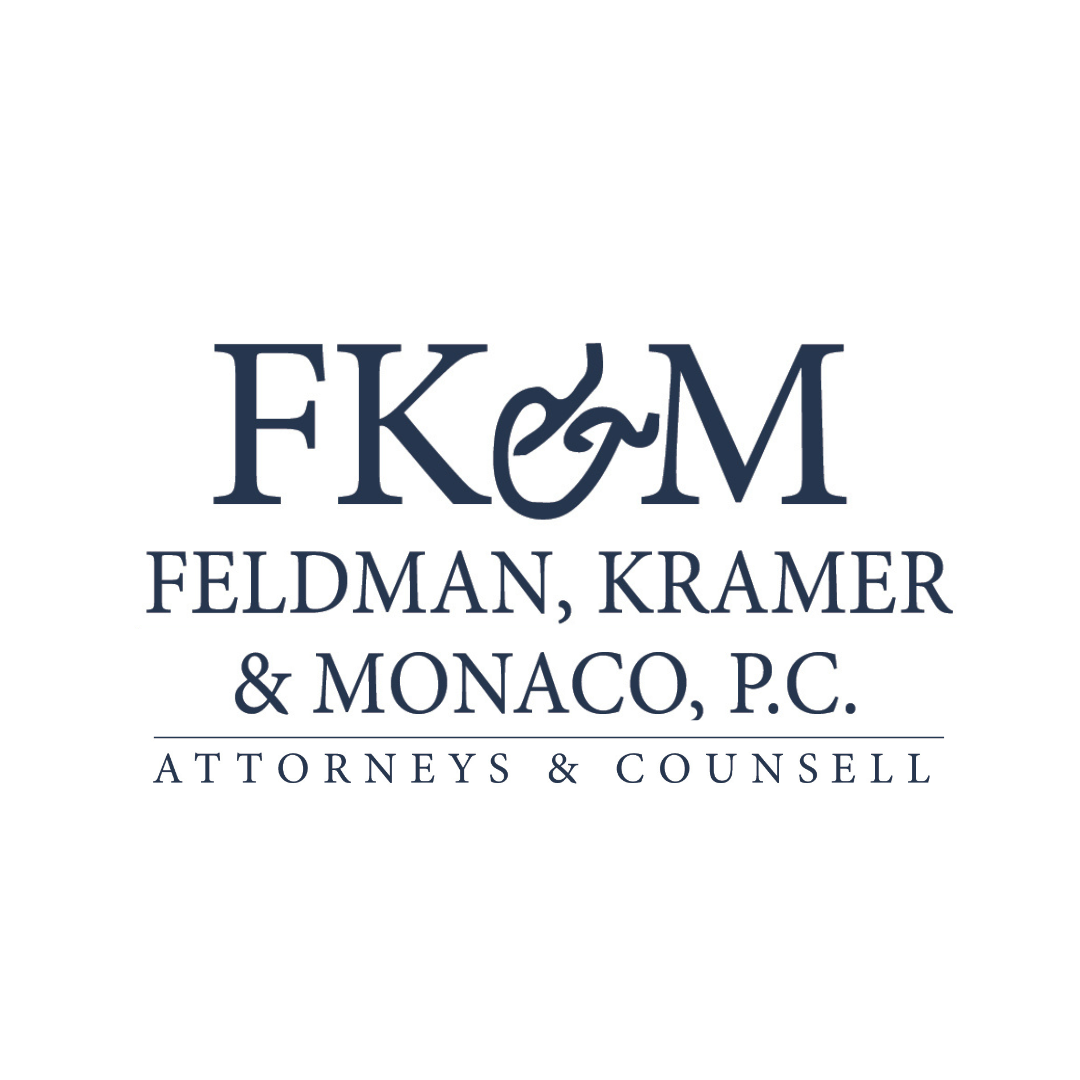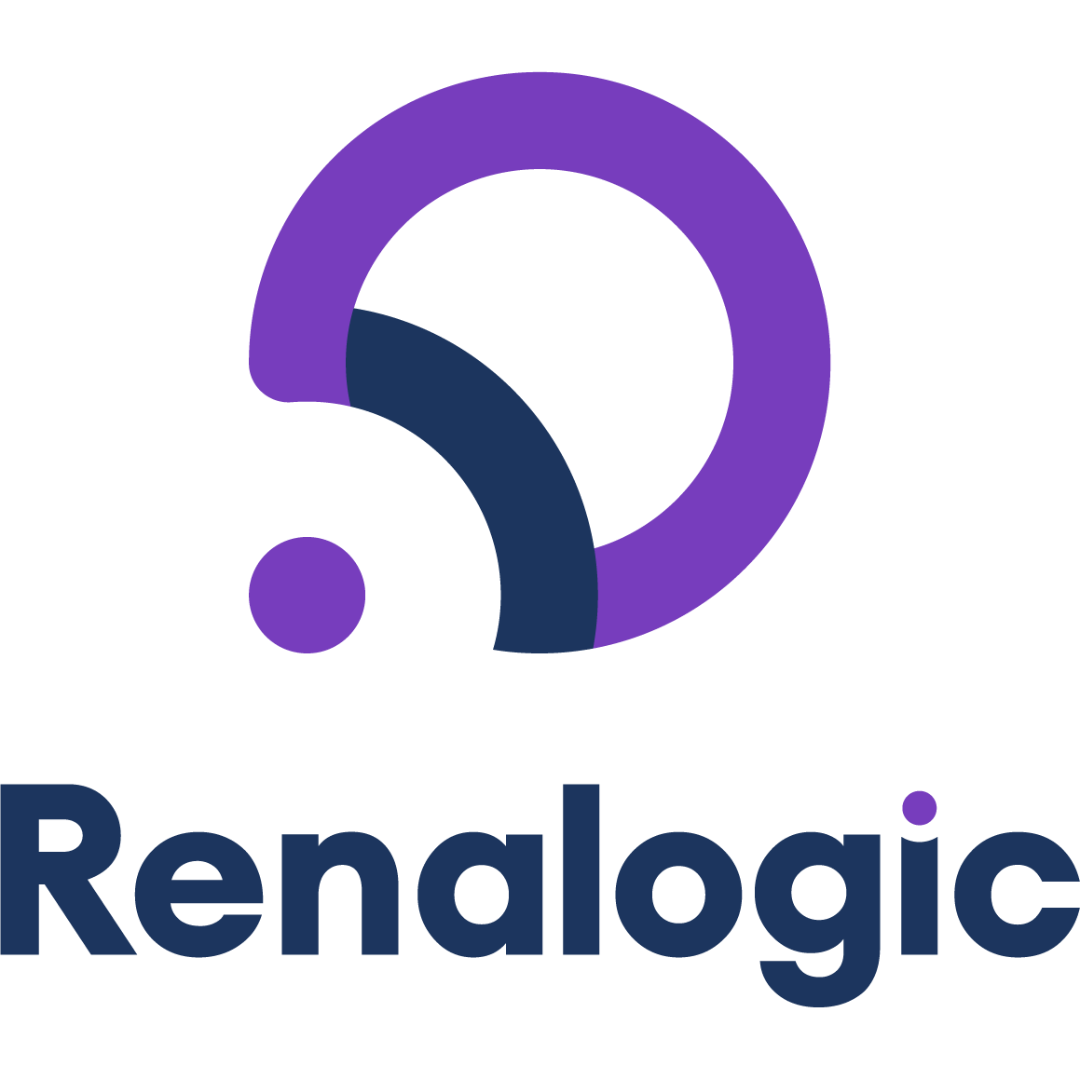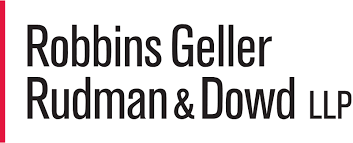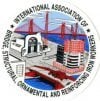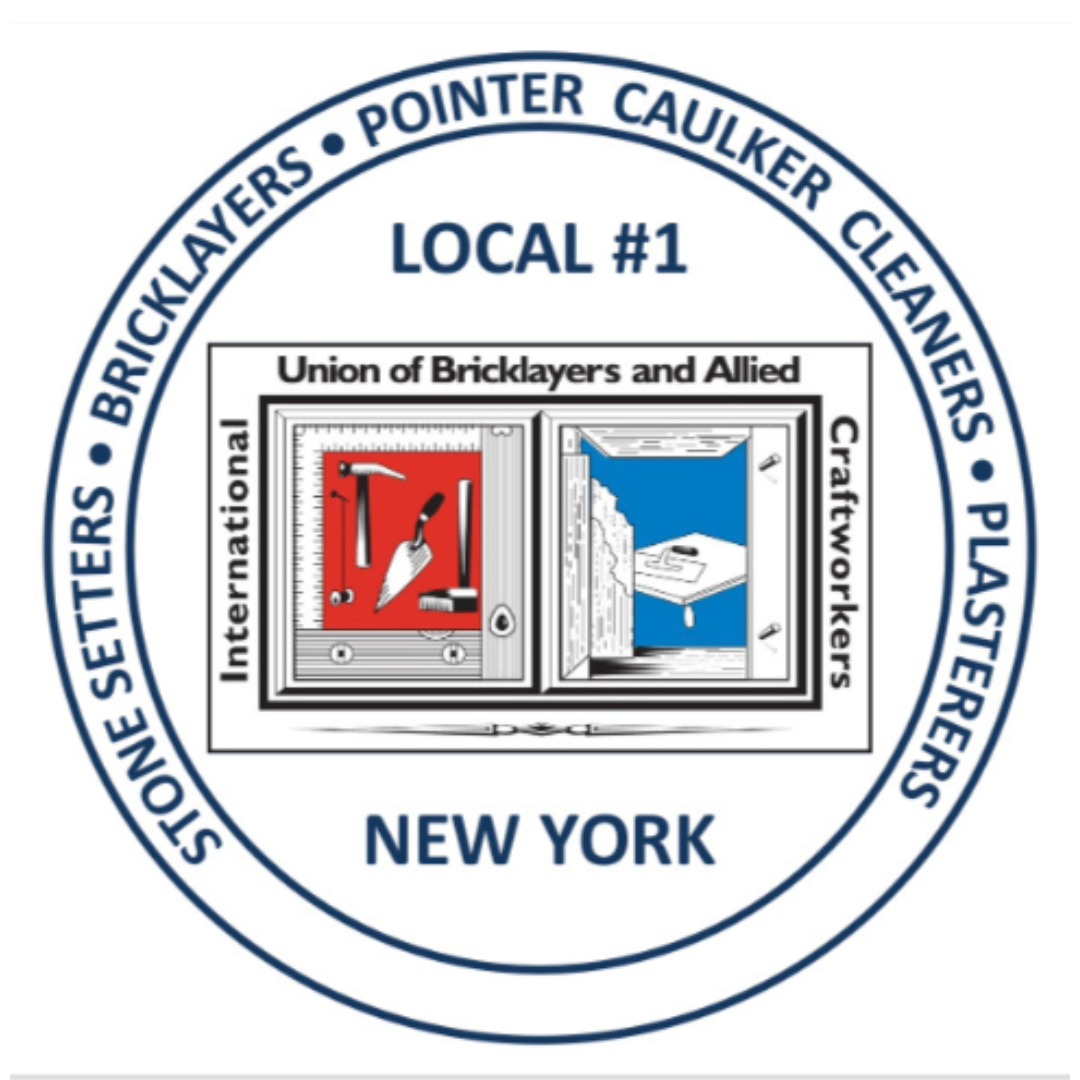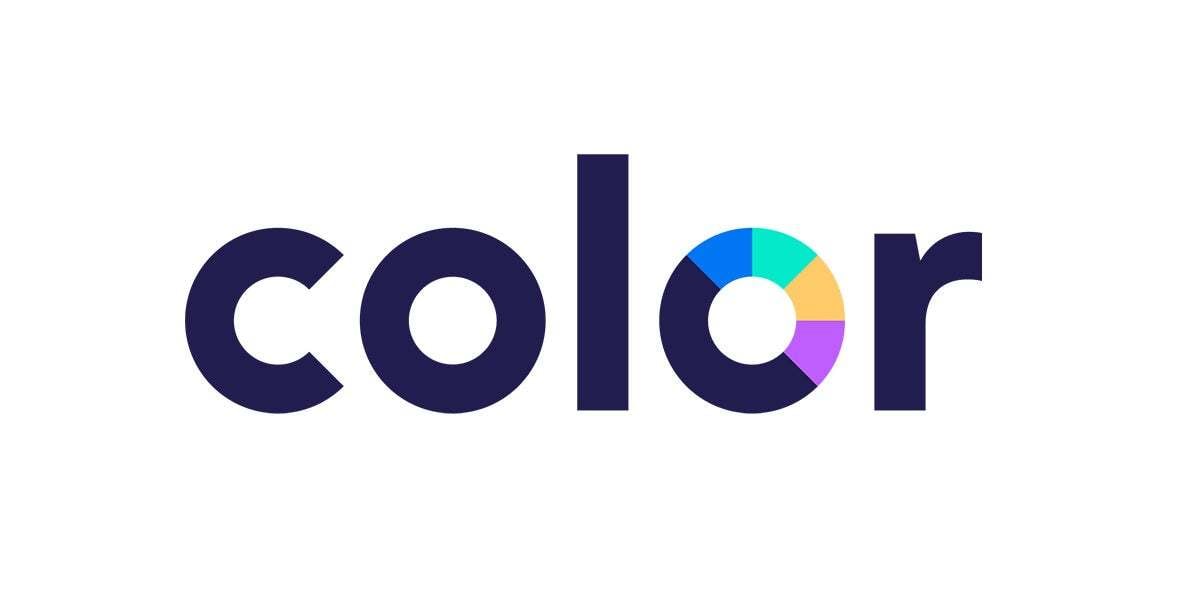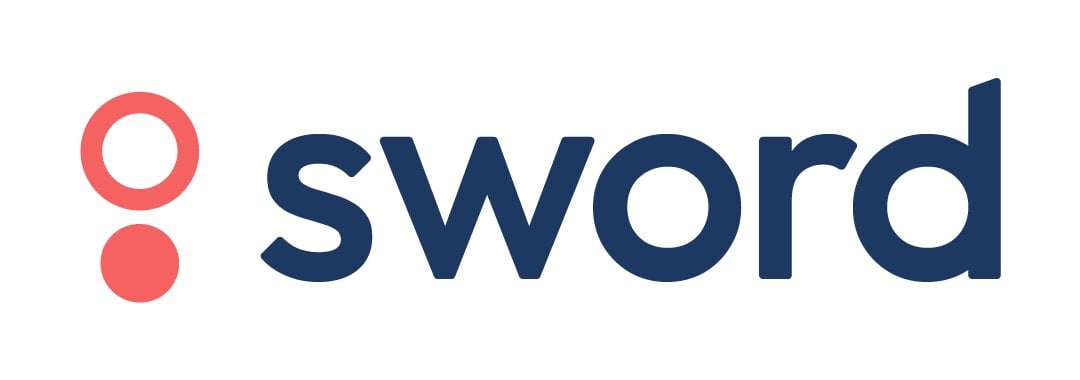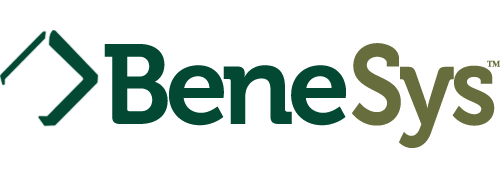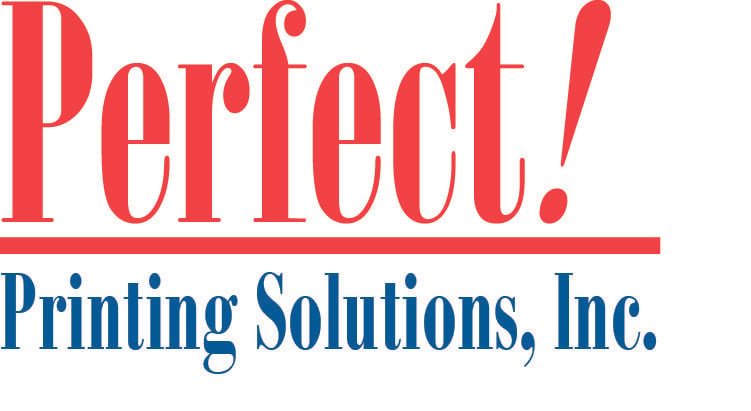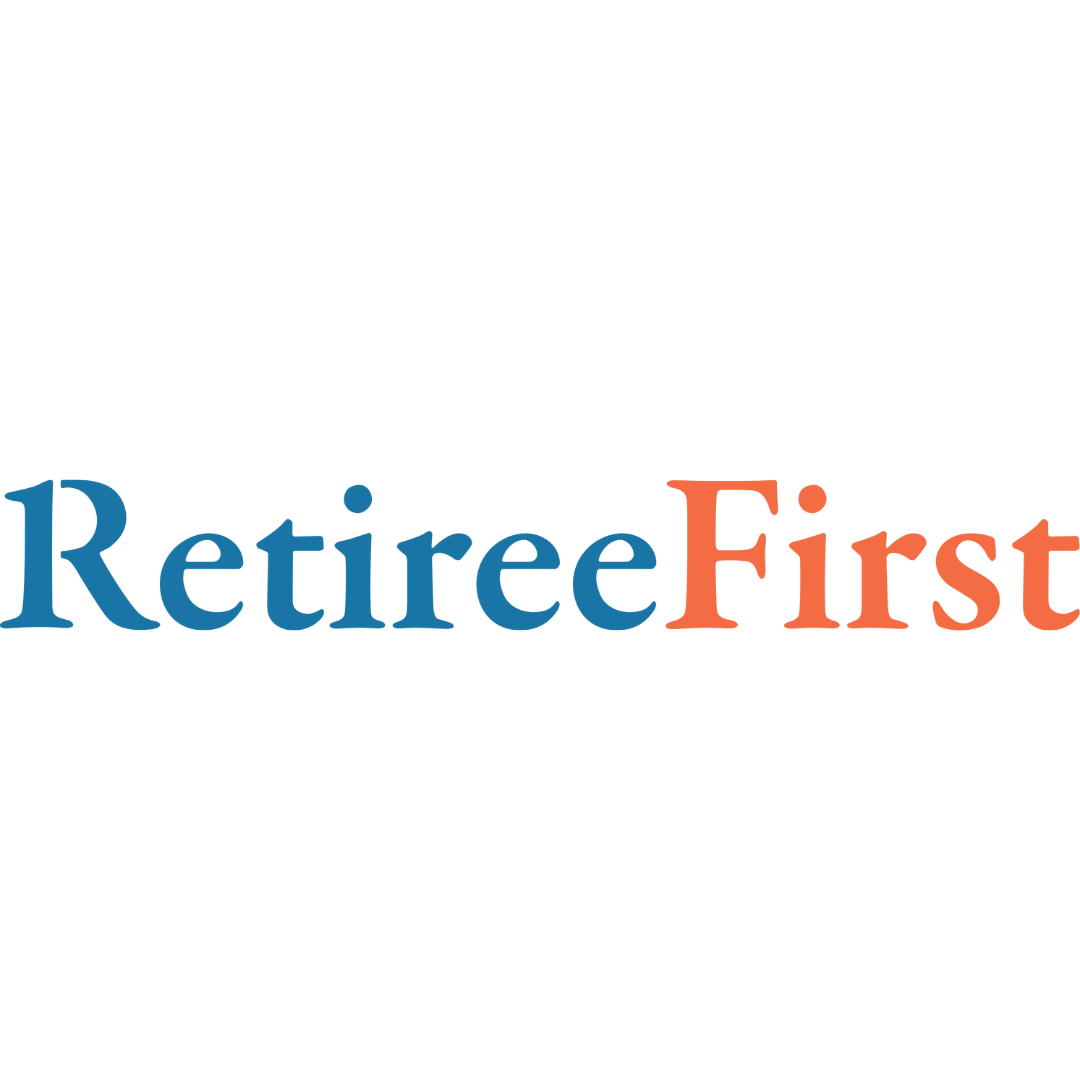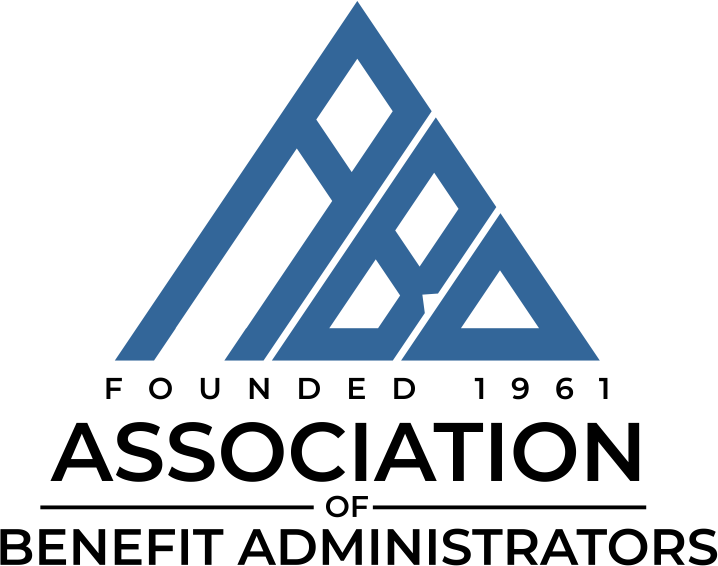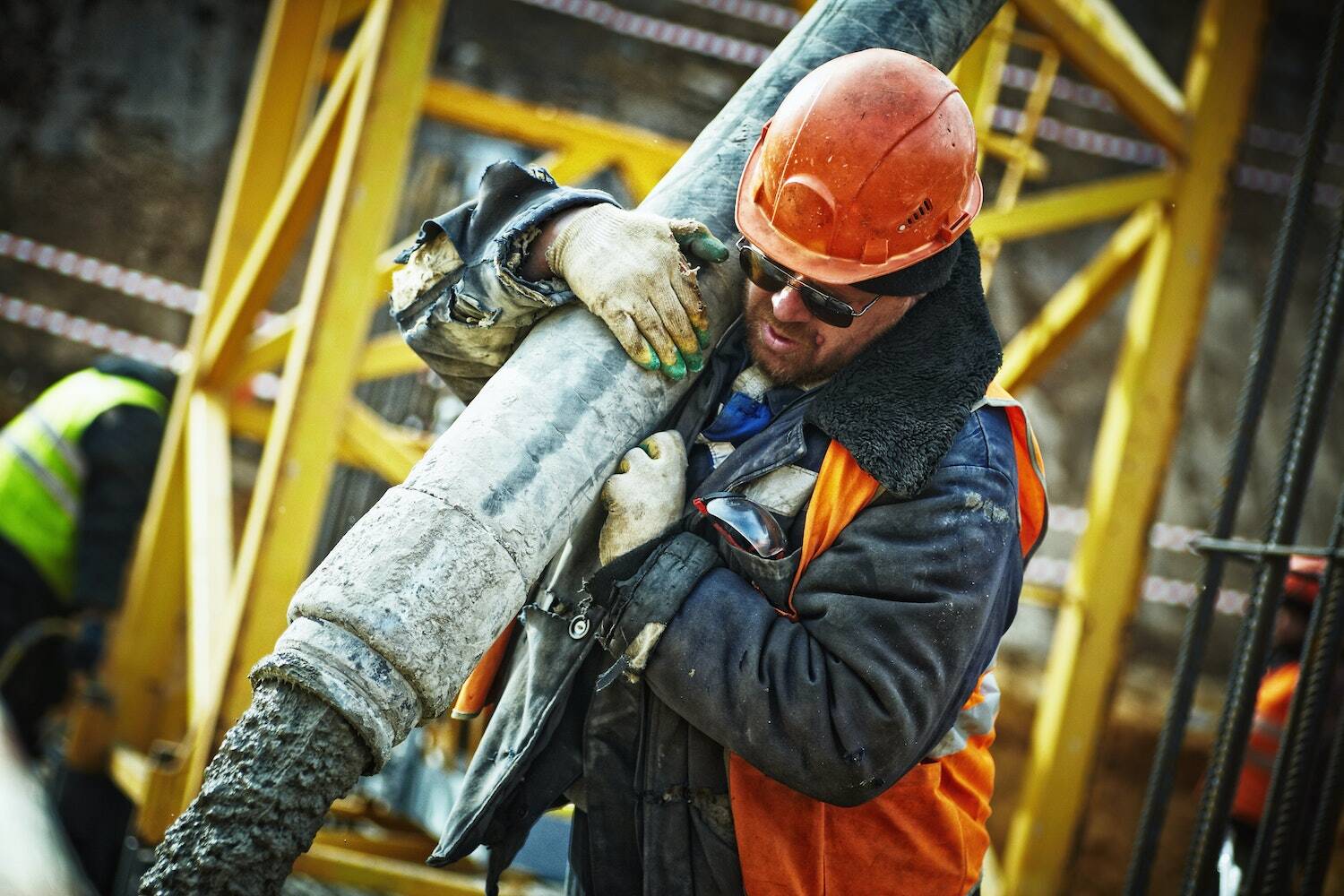
WHAT IS OSHA?

Steven Schwartzapfel -Founding PartnerMar 8, 2023
For more than 35 years, Steven Schwartzapfel, the founding member of Schwartzapfel Lawyers P.C., has been one of New York’s most prominent personal injury attorneys. Steve represents clients in all types of personal injury cases. His experience, skill, and dedication have enabled Schwartzapfel Lawyers P.C. to recover hundreds of millions of dollars for their clients.
Throughout the United States, employers are legally required to provide adequate safety equipment to their employees, and also to adhere to specific procedures and protocols, as assigned by law, in an effort to protect the health and well-being of their workers. The majority of said standards are enforced by the Occupational Safety and Health Administration (OSHA).
But just what is OSHA, and how does it impact the workplace? Also, how might it impact workers’ compensation claims?
For the answers to these questions and others like it, please read on. Alternatively, you may wish to speak directly with an experienced personal injury attorney. If this is the case, please contact Schwartzapfel Lawyers today online or at 1-866-964-3836.
OSHA EXPLAINED
OSHA is the Occupational Safety and Health Administration, a specialized federal agency that works under the U.S. Department of Labor. The primary purpose of OSHA is to design, establish, and enforce various employment safety regulations and rules across most American industries.
Without a regulatory organization like OSHA, employees would be at much greater risk of suffering abuse or mistreatment by their employees, who, as a consequence, would not be mandated to provide a safe working environment and adequate safety gear to their employees. For instance, without OSHA regulations, a contractor trying to save money might be inspired to cut costs on employee safety gear like worker gloves or harnesses, leaving employees open to severe injuries.
Thankfully, OSHA affords employees certain safety rights that they can fall back on in the event that an employer tries to skirt rules and regulations. For example, if an employee notices that their employer hasn’t provided adequate safety gear, they can file a complaint with their employer; then, if they are ignored, they may file a complaint with OSHA to have the matter resolved federally.
WHAT IS THE PURPOSE OF OSHA?
The primary purpose of OSHA is to protect worker health and safety in the U.S. It does this by creating and enforcing safety standards and regulations, as well as investigating claims of regulatory breaches.
According to OSHA itself, its mission is to ensure “safe and healthy working conditions for workers by setting and enforcing standards and by providing training, outreach, education, and assistance.”
Put another way, the purpose of OSHA is to make sure that employers stick to reasonable safety standards to minimize the likelihood of severe injuries or workplace deaths.
In the automotive industry, for example, OSHA regulations ensure that employees are adequately protected from the machinery and materials that are used to create new vehicles.
OSHA’s general duty is necessary for several reasons. OSHA compliance is essential because employers would not always make or abide by health standards and safety standards for their employees.
For more on this and related subjects, call Schwartzapfel Lawyers today at 1-866-964-3836. It will be our privilege to walk you through whatever issues you may be experiencing, legally, professionally, and otherwise. Moreover, while the advice you will receive is free, please know that it may well save you miles of headache, heartache, and financial strain down the road.
WHAT IS THE HISTORY OF OSHA?
OSHA is now over fifty years old. It was first created in 1971 when the Occupational Safety and Health Act of 1970 was passed by the U.S. Congress. OSHA was initially created after it was reported that annual workplace accidents resulted in more than 14,000 worker deaths and another 2.5 million disabled workers every year in the 1960s and ’70s.
Significantly, the OSH Act was created with bipartisan support. In this way, the creation of OSHA was widely agreed upon as necessary by the majority of the country, even putting aside political differences.
OSHA laws quickly established that every American worker had a right to a safe workplace. Now, federal OSHA standards and OSHA inspections have caused private-sector employers to think more about workplace hazards and conditions.
Since OSHA’s inception, the work fatality rate across the U.S. has decreased by more than half. In addition, the overall injury and illness rates in various industries have decreased significantly, especially as OSHA has concentrated its regulatory attention. Some of the most positively affected industries include the textile and excavation industries.
Today, OSHA’s federal government administrator is the Assistant Secretary for Occupational Safety and Health. That administrator answers to the U.S. Secretary of Labor, who is a member of the U.S. president’s cabinet and who oversees the DOL.
WHAT GENERAL INDUSTRIES DOES OSHA COVER?
Although OSHA’s regulatory responsibilities are vast and its rules apply to most industries, it does not cover all industries in the U.S. OSHA rules and regulations cover the majority of private-sector employees in all U.S. territories, all 50 states, Washington DC, and any additional outer continental shelf lands.
On top of that, OSHA regulates and enforces rules for federal agencies and any employees. At the time of this writing, OSHA allows state plans for employee safety regulations in 26 states and two territories. State plans protect anyone working for local, territorial, and/or state governments; these are known as public-sector workers.
In contrast, OSHA regulations don’t cover:
- Any self-employed individuals, such as freelancers for small business owners
- Any public-sector employees who work in jurisdictions without OSHA-approved state plans
- The immediate family members of farm employers (e.g., a son working on his father’s farm as a farmhand)
- Any employees whose workplace safety is regulated by another federal agency, such as the U.S. Coast Guard, the U.S. Department of Energy, and the Federal Aviation Administration (air traffic controller safety is regulated by the FAA, for example)
Even in cases where another federal agency primarily oversees employee safety and health, OSHA still may have certain responsibilities, particularly when it comes to whistleblowers or workplace safety complaints.
WHAT DOES OSHA DO?
OSHA does much to promote its primary goals of ensuring employee safety and health. Because OSHA has to oversee and enforce the safety of millions of employees, it accomplishes its goals through many practices and approaches.
Establish Safety Standards for Covered Workplaces
For starters, OSHA establishes safety standards for any covered workplaces or industries that it oversees. To that end, OSHA makes regulations with the goal of mitigating, removing, or understanding hazards that are related to worker safety and health.
All OSHA safety standards are published under Title 29 of the Code of Federal Regulations or CFR, Parts 1902-1990. OSHA does not create new standards or regulations very quickly. It always performs in-depth investigations regarding worker safety concerns for health trends. But when a new regulation kicks in, employers must abide by it quickly and completely, or they will face heavy fines and other penalties.
For example, OSHA’s mission includes enforcing requirements for personal protective equipment or PPE to ensure job safety.
Implement Safety Training Guidelines
One of OSHA’s most important responsibilities is requiring employers to give workers safety training in languages and vocabulary that the workers can understand. This protects employees who speak English as a second language from not understanding safety guidelines or rules.
This regulation is vital, as many industries require explicit safety training to keep employees safe. Thus, based on federal laws, employers under OSHA are required to provide OSHA training for their employees in absolutely anything they must know in order to ensure they can do jobs safely.
Moreover, OSHA regularly investigates safety training videos, pamphlets, posters, and training seminars in order to make sure that employers do not cut corners by, for instance, offering a safety demonstration in English only, preventing their primarily Spanish-speaking employees from understanding the materials.
To learn more now at no cost, call Schwartzapfel Lawyers today at 1-866-964-3836. Alternatively, you may write to us online and we’ll be in touch with you shortly!
Investigate Workplace Safety Complaints
Under OSHA, any employee working under its jurisdiction may file an anonymous safety and health complaint against their employer. The safety and health complaint bypasses the employer entirely and requires OSHA to investigate the issue immediately.
For instance, if an OSHA-covered worker discovers that their employer is not providing adequate safety materials to both them and fellow employees, that employee can file a complaint with OSHA to get the matter resolved.
Protect Whistleblowers
To protect employees from backlash or retribution, OSHA protects whistleblowers in a variety of ways. OSHA may involve law enforcement where it is necessary, but more often than not, OSHA levies commands stating that an employer must rehire the whistleblowing employee or cannot file charges or claims against the employee for the matter at hand.
Employers are not legally allowed to punish any employee for reporting potential health violations or safety concerns. Furthermore, OSHA maintains a very high, comprehensive list of retaliatory actions, ensuring that employers cannot harm whistleblowing employees through loopholes.
Notably, OSHA protects whistleblowers if they are under the jurisdiction of other federal agencies. However, OSHA does not necessarily perform investigations regarding the complaints levied against employers.
Conduct On-Site Work Environment Inspections
OSHA further conducts on-site health and safety inspections at workplaces around the country. Inspections are more common at workplaces that have poor safety records, such as multiple complaints about employee safety over the last few years.
These on-site workplace inspections are in-depth, comprehensive, and designed to ensure that employers abide by OSHA safety regulations at all times. OSHA workplace inspections occur both regularly and in response to employee complaints, as well as reports of injuries and illnesses in the workplace.
Enforce All Safety Standards to Prevent Workplace Fatalities
If an on-site OSHA investigation finds that one or more standards have been violated, OSHA issues citations to guilty employers. The citations usually come with fines and instructions to correct the standard violations by a set deadline.
If a violation presents an imminent danger to employees or the public, OSHA has the power to shut down a worksite immediately for further investigations. This is one of the most important powers OSHA has, and it’s what enables it to keep employers working hard to follow safety standards and rules.
Track Workplace Illnesses and Injuries
Lastly, OSHA tracks various workplace injuries and illness reports. What this means is, say that an employee reports an illness related to a hazardous chemical at a work site. If this is the case, then OSHA may investigate and track the illness as it progresses.
In this way, OSHA can effectively determine the root cause of the problem in an effort to take steps to correct it and warn other employers in the same industry or local area not to make the same mistakes.
For more on this and related topics, contact Schwartzapfel Lawyers to set up your free consultation today. Simply dial 1-866-964-3836 or visit us online!
IS OSHA COMPLIANCE EFFECTIVE?
To date, OSHA has had a very successful track record. Prior to passing the OSHA Act, an estimated 400,000 Americans were killed by work-related accidents and diseases between the years of 1945 and 1970. Moreover, close to 50 million suffered disabling injuries, and the problem was reportedly getting worse.
Since its founding fifty years ago, OSHA has had a massive impact on worker safety around the country. There has been an 83% reduction in work-related deaths, in addition to a 75% reduction in nonfatal illnesses and injuries.
Overall, OSHA has been very effective and is likely to continue improving workplace safety across the board for years to come.
HOW DOES OSHA AFFECT WORKERS’ COMPENSATION CLAIMS?
While OSHA is an important element of everyday worker safety and health, it’s also important when it comes to workers’ compensation claims and concerns. Specifically, if you or a loved one were injured at work because of an OSHA violation, you may be able to use this evidence to secure workers’ compensation more readily. Additionally, you may be able to cite the violation as grounds for a lawsuit.
This is because whenever an employer violates an OSHA safety standard or rule, the consequences can be dire. As such, employers may try to hide the violation or convince inspectors that you were injured for reasons unrelated to your work duties. In the worst cases, your employer may threaten retaliation or try to convince you not to take the matter to OSHA’s attention.
If this happens, it’s imperative that you contact experienced workers’ compensation attorneys right away. This is because skilled workers’ compensation attorneys can:
- Help you understand your legal options no matter what your employer says. Note: Your employer may try to confuse the matter or claim that you can’t receive workers’ compensation if you report to OSHA.
- Gather compelling evidence for your workers’ compensation claim.
- Effectively negotiate with insurance companies and/or your employer on your behalf.
- And so much more!
Having the right legal representatives to help you is absolutely critical in recovering the money and benefits you are entitled to, particularly if you have or are considering filing a report to OSHA. To hear the options that are available and specific to you, contact Schwartzapfel Lawyers today for a free case evaluation at 1-866-964-3836.
CONTACT SCHWARTZAPFEL LAWYERS TODAY
OSHA is an important government organization that outlines the rules and responsibilities regarding employee safety rights and regulations in the workplace. Thanks to OSHA’s regulations, employees can determine whether their safety rights were violated and whether they have a legal right to workers’ compensation and/or personal injury claims if they are injured at work.
To this end,Schwartzapfel Lawyers can provide you with important legal assistance to bolster your claim and improve your chances of success. As knowledgeable workers’ compensation attorneys, we’ve helped thousands of New Yorkers like you recover financial compensation and other damages for their job-related injuries, especially when those injuries were sustained due to OSHA regulation violations.
For a free consultation and so much more, don’t wait! Contact us online or at 1-866-964-3836 to discuss your options and to learn how Schwartzapfel Lawyers can fight – and win – for you!
DISCLAIMER: Nothing on this page should be considered legal advice. You should seek the appropriate counsel your situation requires. For more information, call 1-866-964-3836 now!
Sources:
Schwartzapfel Lawyers, P.C. | Fighting For You
About OSHA | Occupational Safety and Health Administration
Who is OSHA and What Does it Stand For? | OSHA.com

